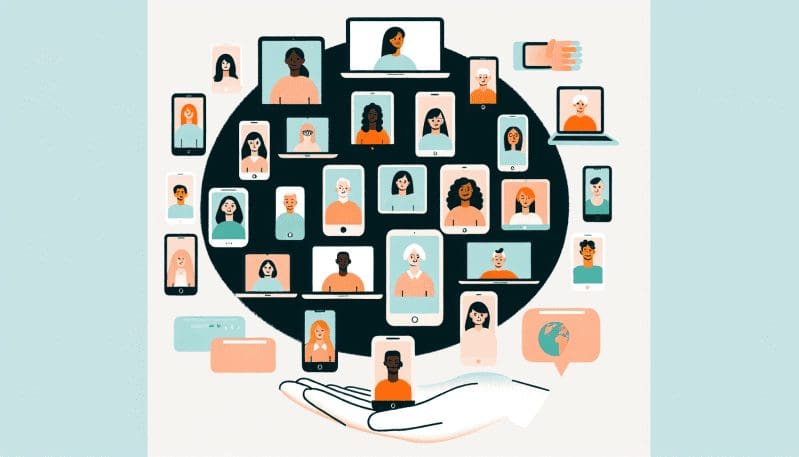Redefining Inclusion: How Remote Work Policies Are Shaping a New Era of Workplace Diversity
- Home
- Redefining Inclusion: How Remote Work Policies Are Shaping a New Era of Workplace Diversity
- Editors Desk
- April 1, 2024
- 0 Comments
As we celebrate Diversity Month, it’s a moment ripe for reflection on the tremendous impact remote work policies have made on workforce diversity. With the rise of remote work, ushered in by the necessity of global events such as the pandemic, we’ve witnessed a redefinition of workplace boundaries and opportunities. At ‘No Worker Left Behind,’ our commitment to exploring these dynamics within the Work, Worker, and Workplace sphere is unwavering, especially as they relate to the often-overlooked communities that the World Economic Forum might not highlight.
Remote work has opened doors for many who previously faced barriers to traditional office environments. Parents, especially mothers, individuals with disabilities, and those living in geographically remote areas, have found in remote work an opportunity to leverage their expertise without the constraints of physical presence. Companies have, in turn, benefited from a broader talent pool, tapping into the skills and perspectives of a more varied workforce, which has been shown to drive innovation and improve financial performance.
However, remote work is not a one-size-fits-all solution. Its rapid adoption has brought to light significant challenges. Connectivity and access to technology remain daunting barriers for many, threatening to deepen the digital divide. Underrepresented groups might find themselves further marginalized if they lack the resources to engage in a high-tech, remote environment. Additionally, the lack of face-to-face interaction can hamper networking opportunities and unintentionally exclude those who might already struggle with visibility in the workforce.
So, how are companies using remote work to enhance diversity? Forward-thinking organizations are not only providing the necessary technology but are also offering mentorship programs, virtual networking events, and inclusive team-building activities. They are revising their hiring practices to eliminate biases that may have previously influenced recruitment, ensuring a fairer selection process that is based on skills and potential rather than on proximity or conventional work models.
Moreover, companies are recognizing that ‘remote’ does not mean ‘isolated.’ They are creating online communities and supporting affinity groups to foster a sense of belonging and inclusivity. Initiatives like virtual ‘open door’ office hours and ‘remote-friendly’ team events encourage everyone to have their voices heard, irrespective of where they log in from.
However, this enthusiasm for inclusion must be tempered with a conscious effort to prevent ‘out of sight, out of mind’ mentalities. To combat this, organizations are instituting regular check-ins and feedback channels to ensure remote employees remain engaged and have equal access to career advancement opportunities.
In highlighting success stories, we see firms that have embraced remote work not just as a temporary fix, but as part of their core business strategy. These companies are reaping the rewards of a diverse workforce, with stories of individuals who have broken through barriers to deliver exceptional value from afar.
As a labor market futurist, we cannot overlook the importance of continuously adapting our approach to remote work to serve the evolving needs of all workers. The journey towards a truly inclusive remote work policy is iterative and nuanced, but the potential benefits for diversity and business success are unparalleled.
Through research, collaboration, and a relentless pursuit of innovation, ‘No Worker Left Behind’ aims to ensure that remote work is a ladder to opportunity for every member of our workforce. In doing so, we not only redefine inclusion; we shape a future where diversity is not just an aspiration but a concrete reality in the landscape of work.
As we chart this new terrain, it’s crucial for us to share our findings and foster dialogues that will shape policy and action. It is in this sharing of knowledge and experience that we can collectively strive towards a future where truly, no worker is left behind in the pursuit of a diverse and thriving workplace.


Leave A Comment